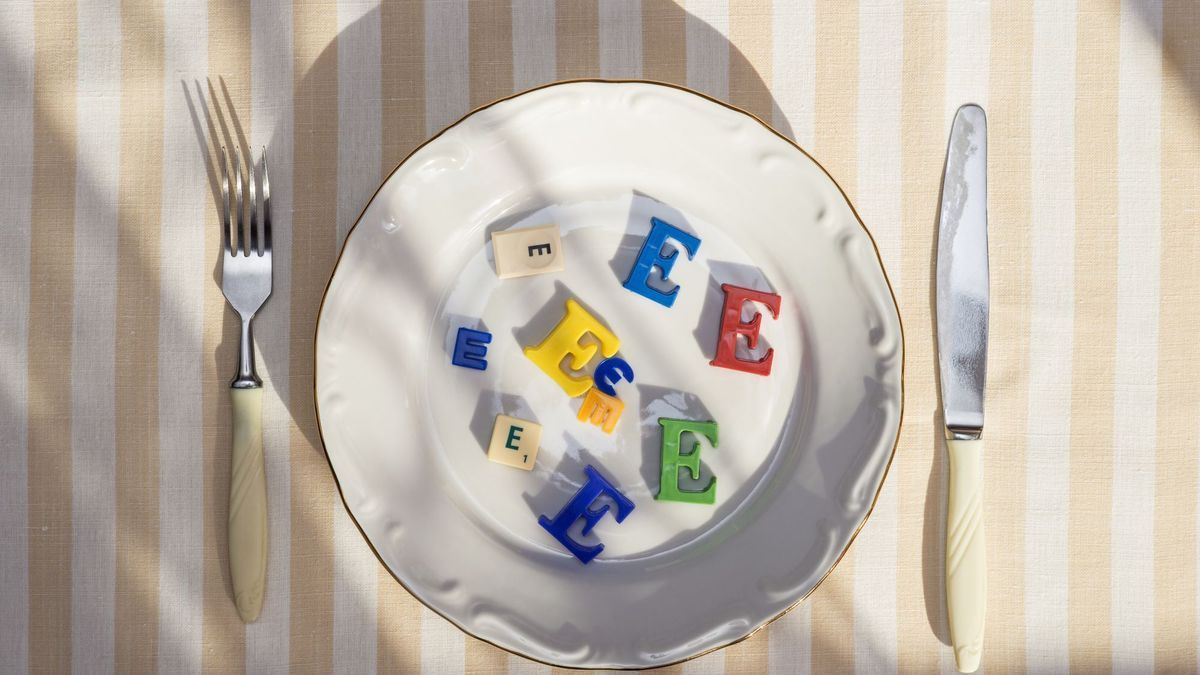
A new French study reveals the dangers of emulsifiers, these food additives that are found in many products in our diet. Is it possible to avoid them? Advice from our dietician-nutritionist, Alexandra Murcier.
They are part of our diet, we read their name in many product compositions but we do not always know what they correspond to: emulsifiers are these food additives which begin with the letter E in the lists of ingredients noted on the products transformed.
For example, E100 for colorings, E200 for preservatives, E400 for emulsifiers and texturing agents. They are used to improve the texture of foods and extend their shelf life.
In what products are emulsifiers found?
Emulsifiers are among the most commonly used additives in industrial foods, particularly so-called ultra-processed products. They are often added to certain pastries, industrial cakes and desserts, ice creams, chocolate bars, industrial breads, margarines and prepared meals. The goal ? Improve their appearance, taste, texture and shelf life.
What are the risks associated with consuming these emulsifiers?
Recent epidemiological studies have established a link between high consumption of ultra-processed foods and an increased risk of obesity, mortality and chronic diseases, such as cardiovascular diseases, type 2 diabetes, cancers, etc.
But this time, French researchers were interested in the consequences of these eulsifiers on cardiovascular health. To do this, they relied on the Nutrinet-Santé cohort which collects data from nearly 100,000 adults (in detail: 95,442 participants with an average age of 43 years, including 79% women).
Every food and drink was analyzed
During the first two years of follow-up, participants provided at least three (and up to 21) days of their menus in detail. Each food or drink was then screened to identify the presence and dose of food additives, including emulsifiers.
Laboratory assays were also performed to provide quantitative data. At the same time, volunteers were asked to report any major cardiovascular events, such as a heart attack or stroke.
❤️🩹New study suggests association between consumption of#additives food #emulsifiers and increased risk of cardiovascular disease.
These additives are among the most commonly used in industrial foods.➡️https://t.co/fNVfgifaHr pic.twitter.com/uzUFwRKeu1
— Inserm (@Inserm) September 7, 2023
NO to diets, YES to WW!
What additives are associated with higher cardiovascular risk?
Scientists have found that “higher intakes of total cellulose – i.e. food additives corresponding to the codes E460 to E468 – were associated with higher risks of cardiovascular disease. In particular, this association was specifically observed for intakes of E460 (microcrystalline cellulose, powdered cellulose) and E466 (carboxyméthylcellulose)” notes the study’s press release.
Furthermore, the authors specify, “higher intakes of monoglycerides and diglycerides of fatty acids (E471 and E472) were associated with higher risks for all pathologies studied. Among these emulsifiers, the lactic ester of monoglycerides and diglycerides of fatty acids (E472b) was associated with higher risks of cardiovascular disease and cerebrovascular disease, and the citric ester of fatty acid monoglycerides and diglycerides (E472c) was associated with higher risks of cardiovascular disease and coronary heart disease.
Finally, “high consumption of trisodium phosphate (E339) was also associated with an increased risk of coronary heart disease“.
The point of view of Alexandra Murcier, dietitian-nutritionist
“This study confirms previous studies on these additives. The problem also lies in the fact that these elements have a “cocktail effect”, that is to say that their risks accumulate. Generally, the people most exposed to these additives are also those who have the least balanced diets. They generally eat less fresh fruit and vegetables, and therefore have an insufficient intake of antioxidants and fiber. analyzes our specialist.
Unsurprisingly, the expert advises avoiding this type of product as much as possible and favoring a varied diet rich in fruits, vegetables, whole grains and fiber. “The ideal is of course to cook your own “prepared meals”” she notes.
And on the practical side, Alexandra Murcier advises us: “If given a choice between two processed foods, choose the one with the shortest ingredient list. Avoid the product that contains elements that you do not naturally have in your cupboard or in your fridge.
